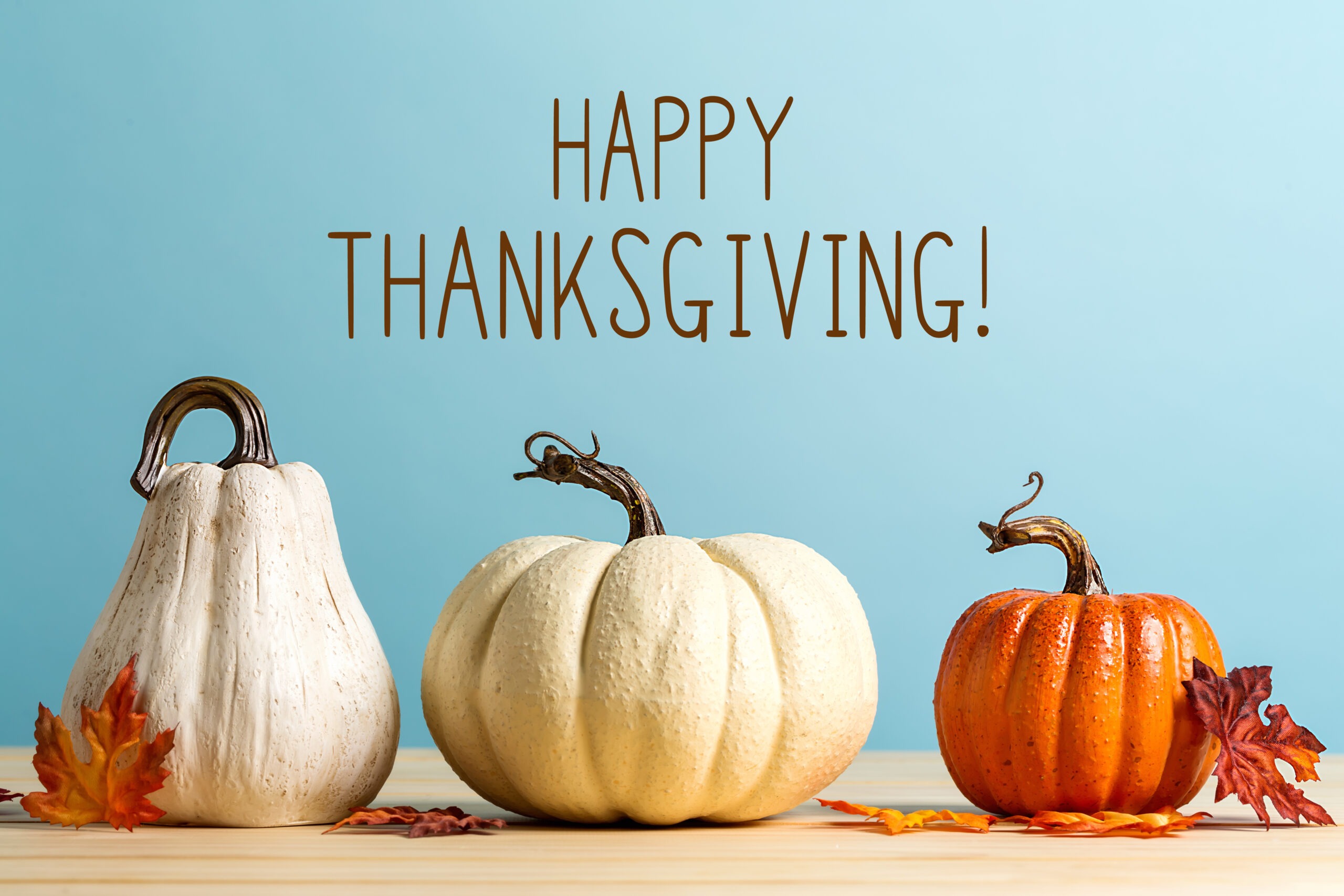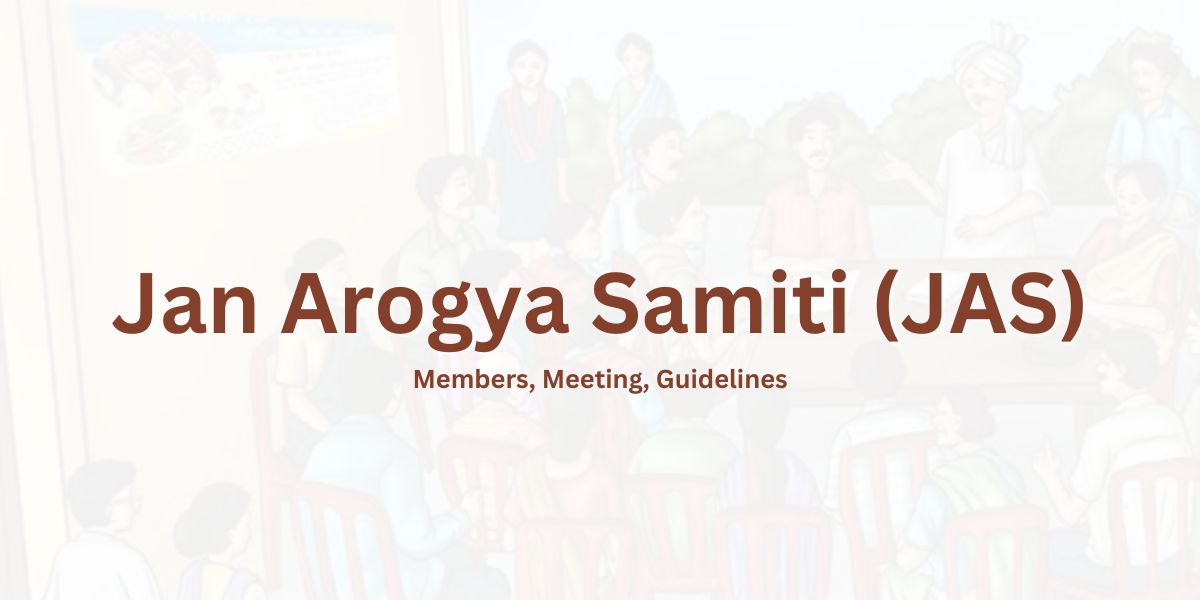As the crisp autumn leaves blanket the ground and the aroma of roasting turkey fills the air, Americans from coast to coast eagerly anticipate the arrival of Thanksgiving. This cherished holiday, celebrated on the fourth Thursday of November, is a time-honored tradition that goes beyond the bountiful feast and serves as a poignant reminder to reflect on gratitude, togetherness, and the rich tapestry of American history.
The History of Thanksgiving
To truly understand the essence of Thanksgiving, we must journey back to the early 17th century when a group of English Pilgrims set sail aboard the Mayflower in search of religious freedom. After a challenging voyage, they landed on the shores of what is now Plymouth, Massachusetts, in 1620. Faced with a harsh winter and unfamiliar terrain, the Pilgrims forged a tenuous alliance with the indigenous Wampanoag people, who taught them essential survival skills and shared in the bountiful harvest of 1621.
This harmonious celebration is often cited as the first Thanksgiving, marking a symbol of unity and gratitude between two distinct cultures. Over the years, various states and communities adopted their own Thanksgiving traditions, but it wasn’t until 1863, in the midst of the Civil War, that President Abraham Lincoln officially proclaimed Thanksgiving a national holiday.
Thanksgiving Traditions
At the heart of Thanksgiving lies the spirit of gratitude and the joy of sharing a hearty meal with loved ones. Families across the nation come together to enjoy a feast that typically includes a succulent roast turkey, stuffing, cranberry sauce, mashed potatoes, and, of course, the quintessential pumpkin pie. The day is also synonymous with the Macy’s Thanksgiving Day Parade, where giant balloons and marching bands take to the streets of New York City, captivating the hearts of millions.
Beyond the culinary delights and parade festivities, many Americans partake in the age-old tradition of expressing gratitude by sharing what they are thankful for around the dinner table. It’s a time to reflect on the blessings of the past year, celebrate achievements, and acknowledge the strength found in unity.
The Symbolism of Thanksgiving
Thanksgiving transcends its historical roots, embodying a universal message of appreciation and goodwill. It serves as a poignant reminder to pause amidst the hustle and bustle of modern life and take stock of the blessings that surround us. In a world that often moves at a relentless pace, Thanksgiving encourages us to find solace in the simplicity of gratitude.
As we gather with friends and family, the holiday becomes a tapestry woven with the threads of diverse cultures, beliefs, and traditions. It’s a celebration that fosters a sense of unity, reminding us that, despite our differences, we are bound together by the common threads of humanity.
Giving Back
While Thanksgiving is a time for personal reflection, it also encourages us to extend a helping hand to those less fortunate. Many communities organize food drives, volunteer events, and charitable initiatives during the holiday season. Whether it’s donating to a local food bank or serving a warm meal at a homeless shelter, these acts of kindness embody the true spirit of Thanksgiving.
In recent years, there has been a growing movement to shift the focus from the material aspects of Thanksgiving to acts of service and giving back to the community. This shift aligns with the core values of gratitude and compassion, fostering a deeper connection between individuals and their communities.
Conclusion
Thanksgiving, with its historical significance and enduring traditions, serves as a timeless reminder to embrace gratitude and celebrate the diverse tapestry of American culture. As we gather around the table with loved ones, let us not only savor the delectable dishes but also appreciate the intangible gifts of family, friendship, and the shared moments that make life truly meaningful.
In the spirit of Thanksgiving, let us cultivate a mindset of gratitude that extends beyond the holiday season, enriching our lives and fostering a sense of unity in the ever-evolving story of America.
FAQs
Q: What is Thanksgiving and why is it celebrated?
A: Thanksgiving is a widely celebrated holiday in the United States, observed on the fourth Thursday of November each year. It is a time for people to come together with family and friends to express gratitude for the blessings and abundance in their lives. The holiday has deep historical roots and cultural significance.
The origins of Thanksgiving can be traced back to the early 17th century when a group of English Pilgrims, seeking religious freedom, embarked on a perilous journey aboard the Mayflower. In 1620, they landed on the shores of what is now Plymouth, Massachusetts. Faced with a harsh winter and unfamiliar conditions, the Pilgrims formed a cooperative alliance with the Wampanoag Native Americans, who provided essential survival skills and shared their knowledge of the land.
In the fall of 1621, after a successful harvest, the Pilgrims and Wampanoag came together for a three-day feast, which is often regarded as the first Thanksgiving. This event symbolized unity and gratitude between the two groups, marking a moment of goodwill and cooperation in the face of adversity.
While the early Thanksgiving celebrations were often spontaneous and irregular, the idea of setting aside a specific day for giving thanks gained traction over the years. In 1863, President Abraham Lincoln officially proclaimed Thanksgiving a national holiday. He hoped that the establishment of a unified day of gratitude would help bring a divided nation together during the Civil War.
Thanksgiving has since evolved into a cherished American tradition that extends beyond its historical roots. It is characterized by a festive meal, typically featuring a roasted turkey and a variety of side dishes. Families and friends gather to share this bountiful feast, expressing gratitude for the blessings of the past year.
The holiday is also associated with various traditions, including the iconic Macy’s Thanksgiving Day Parade in New York City, where giant balloons, floats, and marching bands entertain millions of spectators. Additionally, many Americans take part in expressing their thanks by sharing what they are grateful for, emphasizing the importance of acknowledging and appreciating the positive aspects of life.
While Thanksgiving has historical and cultural ties to the early Pilgrims and Native Americans, its essence goes beyond a specific event or time period. It has become a symbol of unity, gratitude, and the importance of coming together with loved ones to appreciate the richness of life. Today, Thanksgiving serves as an opportunity for reflection, connection, and acts of kindness, fostering a sense of community and shared celebration across the nation.
A: The real reason for Thanksgiving traces back to the early 17th century when a group of English Pilgrims, seeking religious freedom, embarked on a perilous journey aboard the Mayflower. In 1620, they landed on the shores of what is now Plymouth, Massachusetts. Faced with a harsh winter and unfamiliar conditions, the Pilgrims formed a cooperative alliance with the Wampanoag Native Americans, who provided essential survival skills and shared their knowledge of the land.
The Pilgrims’ first year in the New World was challenging, with many succumbing to illness and the harsh winter conditions. However, with the help of the Wampanoag, who taught them how to cultivate crops like corn, squash, and beans, the Pilgrims were able to secure a successful harvest in the fall of 1621.
In gratitude for the bountiful harvest and the assistance of the Wampanoag, the Pilgrims and Native Americans came together for a three-day feast, which is often regarded as the first Thanksgiving. This event symbolized unity and goodwill between the two groups, showcasing the importance of cooperation and shared celebration in the face of adversity.
The real reason for Thanksgiving, therefore, lies in its historical roots as a moment of gratitude, unity, and cooperation between the Pilgrims and the Wampanoag. Over time, this event became a symbol of thankfulness for the blessings of the harvest and the spirit of coming together with a sense of appreciation for the support and companionship of others. While the modern celebration of Thanksgiving has evolved and taken on additional cultural and historical significance, its core essence remains rooted in the spirit of gratitude and communal celebration.
Q: Why is Thanksgiving so famous?
A: Thanksgiving has gained fame and widespread recognition for several reasons, rooted in its historical significance, cultural importance, and enduring traditions.
- Historical Roots: Thanksgiving traces its origins to the early 17th century when English Pilgrims, seeking religious freedom, arrived on the shores of what is now Plymouth, Massachusetts. Their survival in the New World was made possible through the assistance of the Wampanoag Native Americans, leading to a celebration of unity and gratitude—the first Thanksgiving in 1621. The historical narrative of cooperation and shared celebration contributes to the holiday’s fame.
- National Recognition: In 1863, President Abraham Lincoln officially proclaimed Thanksgiving a national holiday. This declaration during the Civil War aimed to foster unity and gratitude among a divided nation. The formal establishment of Thanksgiving as a national holiday elevated its status and ensured widespread recognition across the United States.
- Cultural Traditions: Thanksgiving has become synonymous with specific cultural traditions that resonate with Americans. The iconic Thanksgiving feast, featuring a roasted turkey and an array of side dishes, has become a symbol of abundance and communal celebration. Additionally, traditions like expressing gratitude, sharing meals with family and friends, and participating in events such as the Macy’s Thanksgiving Day Parade contribute to the holiday’s fame.
- Family and Togetherness: Thanksgiving is often associated with the gathering of family and friends. The holiday provides an opportunity for people to come together, share a festive meal, and express gratitude for the blessings of the past year. The emphasis on family and togetherness has contributed to Thanksgiving’s widespread popularity and enduring appeal.
- Cultural Representation: Thanksgiving has been prominently featured in literature, art, and popular culture. From Norman Rockwell’s iconic Thanksgiving paintings to depictions in movies and television shows, the holiday has become deeply ingrained in the cultural fabric of the United States. These representations further contribute to the fame and recognition of Thanksgiving.
- National Celebrations: Events like the Macy’s Thanksgiving Day Parade in New York City have become nationally televised spectacles, drawing millions of viewers. These grand celebrations capture the attention of people across the country, further solidifying Thanksgiving as a famous and widely celebrated holiday.
In essence, Thanksgiving’s fame can be attributed to its historical roots, national recognition, cultural traditions, and its representation in various forms of media and art. It has evolved into a symbol of gratitude, unity, and shared celebration, making it one of the most beloved and widely observed holidays in the United States.
Q: Why do Americans love Thanksgiving?
A: Americans love Thanksgiving for a variety of reasons, and these reasons often reflect the core values and traditions associated with the holiday. Here are some key factors contributing to the affection and enthusiasm Americans have for Thanksgiving:
- Gratitude and Reflection: Thanksgiving provides a dedicated time for individuals and families to pause and reflect on the positive aspects of their lives. The tradition of expressing gratitude for blessings, achievements, and relationships fosters a sense of appreciation and mindfulness.
- Family and Togetherness: Thanksgiving is synonymous with family gatherings. Many Americans cherish the opportunity to come together with relatives, share a festive meal, and strengthen familial bonds. The emphasis on togetherness and creating lasting memories contributes to the holiday’s popularity.
- Traditions and Rituals: The distinctive traditions associated with Thanksgiving, such as the iconic Thanksgiving feast featuring a roasted turkey and classic side dishes, contribute to the holiday’s appeal. People enjoy participating in rituals like watching the Macy’s Thanksgiving Day Parade or engaging in activities that have become integral to the Thanksgiving experience.
- Culinary Delights: The Thanksgiving meal is a culinary highlight for many Americans. The traditional feast, featuring a roasted turkey, stuffing, cranberry sauce, and pumpkin pie, is a source of culinary delight and nostalgia. The act of preparing and sharing this special meal is a beloved tradition that adds to the holiday’s allure.
- National Unity and History: Thanksgiving has historical roots that involve the coming together of English Pilgrims and Native Americans, symbolizing unity and cooperation. The holiday’s historical narrative, coupled with its proclamation as a national holiday by President Abraham Lincoln, contributes to a sense of national identity and unity.
- Acts of Kindness and Giving Back: Thanksgiving often inspires acts of kindness and charitable endeavors. Many communities organize food drives, volunteer events, and outreach programs during the holiday season, fostering a spirit of generosity and goodwill.
- Cultural Representation: Thanksgiving has been culturally represented in various forms, including literature, art, music, and media. Its portrayal in popular culture contributes to a shared understanding and appreciation of the holiday, further ingraining it in the American consciousness.
- Autumnal Atmosphere: The timing of Thanksgiving in late November coincides with the autumn season in the United States. The crisp fall air, changing leaves, and seasonal decor create a cozy and festive atmosphere that enhances the overall experience of the holiday.
In summary, Americans love Thanksgiving for its emphasis on gratitude, family, traditions, culinary delights, national unity, acts of kindness, and the unique cultural representation that collectively make it a cherished and celebrated holiday across the nation.
Q: Is Thanksgiving Day a religious holiday?
A: Thanksgiving Day is not a religious holiday in the traditional sense. While it has historical roots tied to the early Pilgrims who sought religious freedom, the holiday itself is not centered around religious observances or rituals. Instead, Thanksgiving is a secular holiday that emphasizes gratitude, togetherness, and the celebration of a bountiful harvest.
The origins of Thanksgiving can be traced back to the 1621 feast shared by English Pilgrims and Wampanoag Native Americans, which symbolized unity and gratitude. Over time, Thanksgiving has evolved into a national holiday celebrated by people from various religious and cultural backgrounds.
While some individuals and families may incorporate religious elements into their personal Thanksgiving observances, such as offering prayers or expressing thanks in a religious context, the holiday as a whole is not affiliated with a specific religious tradition. It is a time for people to come together, reflect on their blessings, and share a festive meal with loved ones, irrespective of their religious beliefs.
In the United States, Thanksgiving is widely regarded as a secular and inclusive holiday that transcends religious boundaries, allowing people from diverse backgrounds to participate in the spirit of gratitude and communal celebration.
Q: What is Thanksgiving in the Bible?
A: Thanksgiving in the Bible is a concept that is closely related to the act of giving thanks and expressing gratitude to God. While the specific holiday of Thanksgiving as celebrated in the United States has its historical roots in events involving the Pilgrims and Native Americans, the idea of giving thanks is a recurring theme in the Bible.
Several passages in the Bible emphasize the importance of thanksgiving as an expression of faith and gratitude toward God. For example:
- Psalm 100:4 (NIV): “Enter his gates with thanksgiving and his courts with praise; give thanks to him and praise his name.” This verse highlights the act of entering into God’s presence with thanksgiving and praising His name.
- 1 Thessalonians 5:18 (NIV): “Give thanks in all circumstances; for this is God’s will for you in Christ Jesus.” The apostle Paul encourages believers to give thanks in all circumstances, emphasizing gratitude as an integral part of God’s will.
- Colossians 3:17 (NIV): “And whatever you do, whether in word or deed, do it all in the name of the Lord Jesus, giving thanks to God the Father through him.” This verse underscores the idea of doing everything in the name of the Lord Jesus and giving thanks to God in all aspects of life.
While there isn’t a specific celebration of Thanksgiving in the Bible as a holiday, the biblical teachings emphasize the spiritual significance of gratitude and giving thanks to God for His blessings. Christians often incorporate thanksgiving into their prayers, worship, and daily lives as a way of acknowledging God’s goodness and expressing appreciation for His provisions.
Q: What do Americans do during Thanksgiving?
A: Americans engage in various activities during Thanksgiving, creating a unique tapestry of traditions and practices that center around gratitude, togetherness, and festive celebrations. Here are some common activities and customs associated with Thanksgiving in the United States:
- Thanksgiving Dinner: The focal point of Thanksgiving is the traditional Thanksgiving dinner. Families and friends gather to enjoy a festive meal, typically featuring a roasted turkey as the centerpiece. Other common dishes include stuffing, mashed potatoes, cranberry sauce, and pumpkin pie.
- Expressing Gratitude: It is a tradition for individuals and families to take a moment to express gratitude. This often involves sharing what they are thankful for, reflecting on the positive aspects of the past year, and acknowledging the blessings in their lives.
- Family Gatherings: Thanksgiving is a time for family reunions. Many people travel long distances to be with their loved ones during the holiday. Family gatherings may include extended family members, creating a sense of togetherness and shared celebration.
- Parades: The Macy’s Thanksgiving Day Parade in New York City is a famous tradition. It features giant balloons, floats, marching bands, and celebrity performances. Many Americans watch the parade either in person or on television.
- Football Games: Watching football has become a Thanksgiving tradition for many. The National Football League (NFL) usually schedules games on Thanksgiving Day, and families often gather around the TV to enjoy the games together.
- Volunteering and Acts of Kindness: Some individuals and families engage in acts of kindness and community service during Thanksgiving. This may involve volunteering at local charities, serving meals at shelters, or participating in food drives to help those in need.
- Black Friday Shopping: Following Thanksgiving, Black Friday marks the beginning of the holiday shopping season. Many Americans take advantage of Black Friday sales and discounts, leading to a busy day of shopping for holiday gifts.
- Outdoor Activities: Depending on the climate and location, some families partake in outdoor activities such as hikes, nature walks, or sports. Others may engage in seasonal activities like apple picking or visiting pumpkin patches.
- Leftover Feasts: In the days following Thanksgiving, it’s common for people to enjoy leftover turkey and other dishes. Some even get creative with recipes to repurpose leftovers into new meals.
- Reflection and Relaxation: Thanksgiving also offers a time for reflection and relaxation. Many take advantage of the long weekend to unwind, spend quality time with family, or engage in activities that bring them joy.
These traditions and activities vary from family to family, creating a diverse and rich tapestry of Thanksgiving celebrations across the United States. The common thread is the emphasis on gratitude, togetherness, and the celebration of abundance.
Q: What is thanksgiving dark history?
A: While Thanksgiving is widely celebrated as a time of gratitude and togetherness, it’s essential to acknowledge the complex history surrounding the holiday, particularly concerning the relationship between European settlers and Native Americans.
- Colonial Violence: The arrival of European settlers, including the Pilgrims, in North America had devastating consequences for indigenous peoples. The encounters between settlers and Native Americans often led to violence, dispossession of land, and the spread of diseases that decimated Native populations.
- Loss of Native Lands: As European settlers expanded their colonies, the acquisition of Native American lands became a central issue. Treaties were frequently violated, and Native communities faced forced removal, leading to the loss of their ancestral lands and disruption of their ways of life.
- Disease and Depopulation: The introduction of European diseases, such as smallpox, had catastrophic effects on Native American populations. These diseases spread rapidly, causing significant depopulation and weakening Native communities’ ability to resist European colonization.
- Forced Assimilation: Over time, the U.S. government implemented policies aimed at assimilating Native American populations into European-American culture. These policies included the establishment of boarding schools where Native children were forcibly separated from their families and discouraged from practicing their cultural traditions.
- Trail of Tears: One of the most notorious episodes in American history is the forced removal of the Cherokee Nation from their ancestral lands in the southeastern United States in the 1830s. This journey, known as the Trail of Tears, resulted in the deaths of thousands of Cherokee people due to exposure, disease, and starvation.
- Wounded Knee Massacre: In 1890, the Wounded Knee Massacre marked a tragic event when U.S. Army troops killed hundreds of Lakota Sioux, including women and children. This incident reflected the broader pattern of violence and injustice faced by Native American communities.
- Systemic Injustices: The legacy of historical injustices continues to impact Native American communities today. Issues such as poverty, limited access to healthcare and education, and the marginalization of indigenous cultures persist, highlighting ongoing systemic challenges.
It’s important to recognize and discuss this dark history to promote a more comprehensive understanding of the complex relationships between different groups in American history. While Thanksgiving has become a symbol of unity and gratitude, it’s crucial to approach the holiday with an awareness of the historical injustices that have shaped the experiences of Native American communities.



